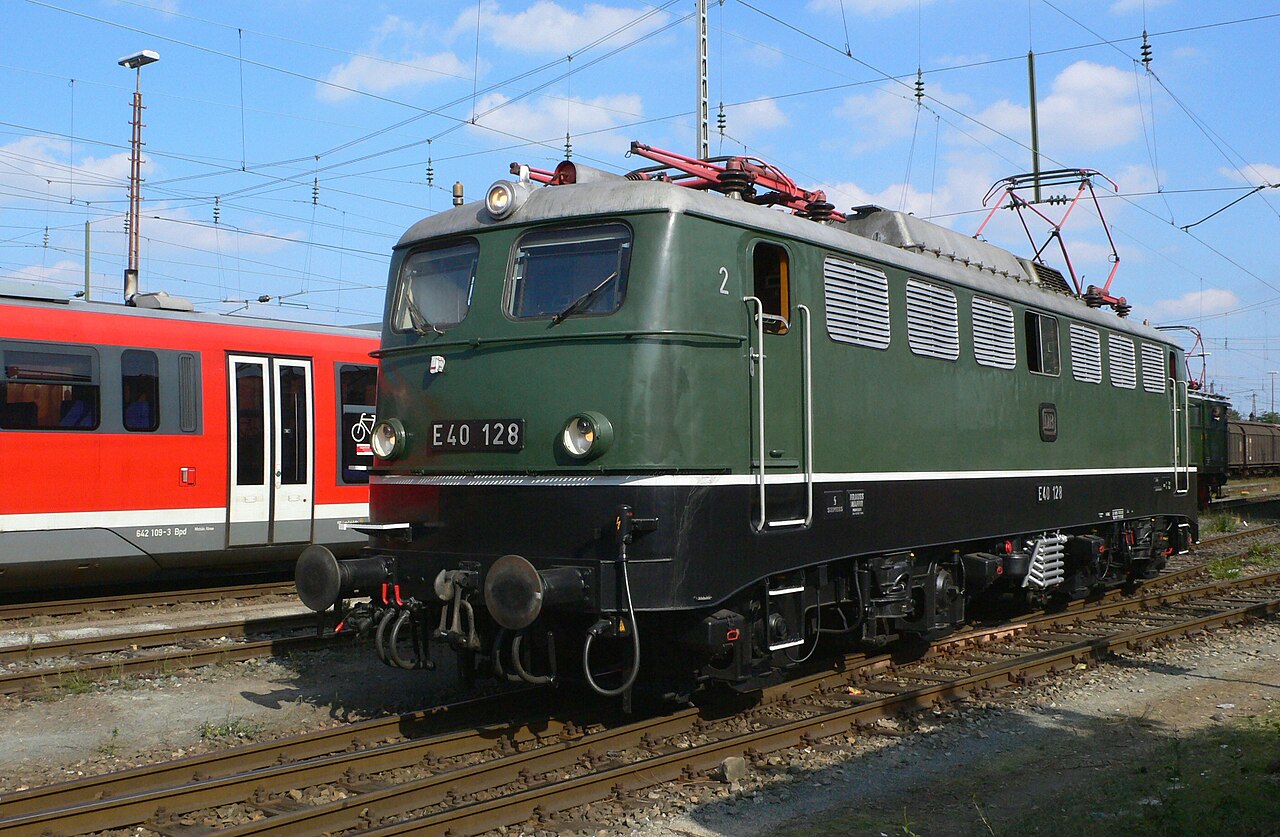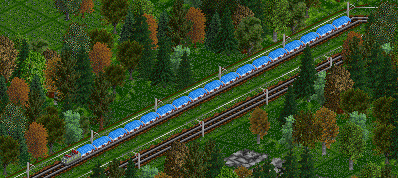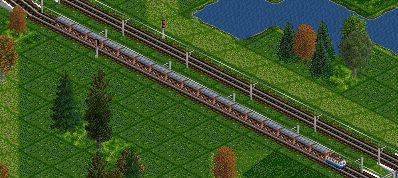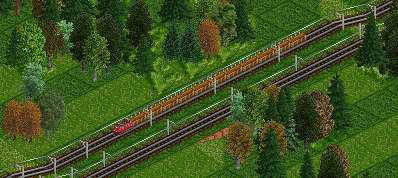Description
In the standardization program of the 1950s this type was of utmost importance, being an engine for freight service as well as local trains. This resulted in almost 900 units being put into service between 1957 and 1973. From the techincal point of view, it is mostly identical to the E 10, but a different transmission reduced top speed and increased tractive efforts. With that in place, it is a prime choice for light freight trains and passenger services.
It mostly saw usage with freight trains throughout Germany, sometimes using double headers. The engines formed the backbone for freight services for decades. Replacements were put into service in the mid 1990s, retirements of this robust design started in 1999. It took until 2016 to finally retire the last units, but some are still in use with other companies operating on the German network.
As in reality, this type is the best choice for many freight transporation needs, at least until the class 155 becomes available, which offers more speed and tractive effort. In reality, this type (being of East German origin) only started replacing the class 140 after 1990.
Images and Screenshots

(© Michael Heimerl / CC-BY-SA-3.0 via Wikimedia Commons)
Historic unit 140 128 in the original green livery

The BR 140 was designed for basic freight operations, such as this medium weight paper train.

In the 1970s the livery changes to blue-cream, which of course does not change the usability for freight services.

In the late 1980s a new livery scheme is introduced, which causes the engines to colored in red.
Technical Data
| Name | E 40 / BR 140 |
|---|---|
| Built | 1956- |
| Power | 4920 hp |
| Tractive effort | 320 kN |
| Speed | 69 mph |
| Usage | passenger trains, freight trains |
| Type of terrain | everywhere |
Load table
| Speed | train weight |
|---|---|
| 68 mph | 3100t |
| 62 mph | 3750t |
| 50 mph | > 4000t |
Die Werte in der Tabelle beziehen sich auf eine ebene Strecke.
Links
| Wikipedia |
